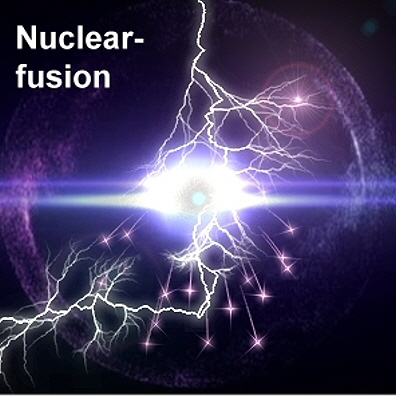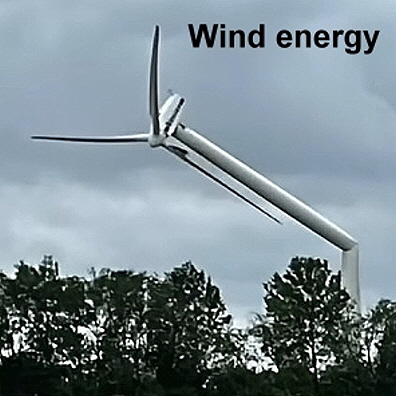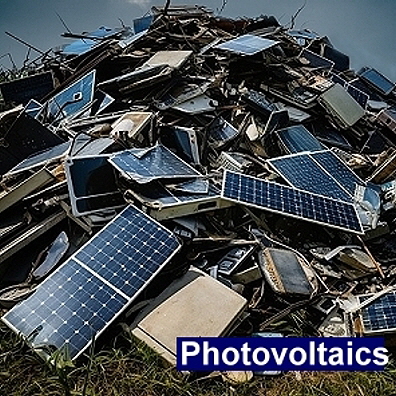

Index Home Desert-Electricity World Deserts Electric Network Types of Produktion Comparison Water Network Hydrogen New Industry Green Cities Energy Transition Imprint
Nuclear Power
Nuclear energy production
Why easy when it can be expensive and dangerous?
Conclusion:
The price for a kWh generated from nuclear power is about ten times that of a kWh from thermal solar energy. What is not paid for directly is borne by citizens through their tax payments, which are pumped into this technology by governments. The environment becomes radioactively contaminated and waste that radiate for hundreds of thousands of years has to be buried and cannot actually be safely stored. There are no containers that can last that long. Furthermore, there is always a significant risk of accidents and the producer companies being chronically underinsured and unable to pay for the consequences of an accident at all. In most cases, disaster protection for nuclear accidents does not exist at all. In most countries there are not even emergency plans for such accidents. In addition, the industry is expected to run out of fuel by 2100 at the latest.
From a purely economic point of view, generating electrical energy from radioactive material makes no sense.
Thermosolar power plants, on the other hand, are extremely harmless, unbeatably cheap and long-lasting. Furthermore, this technology does not require fuel that has to be stored for hundreds of thousands of years.
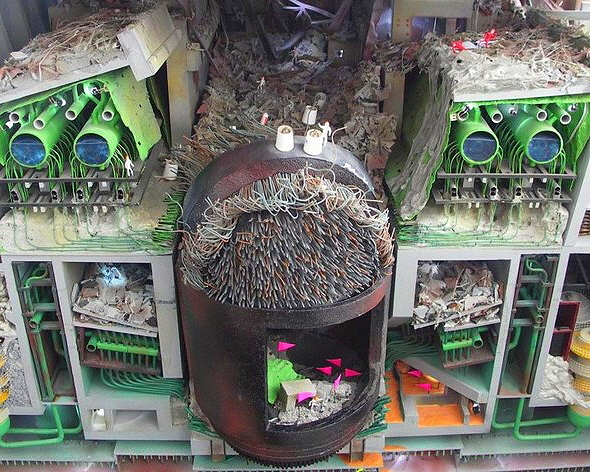
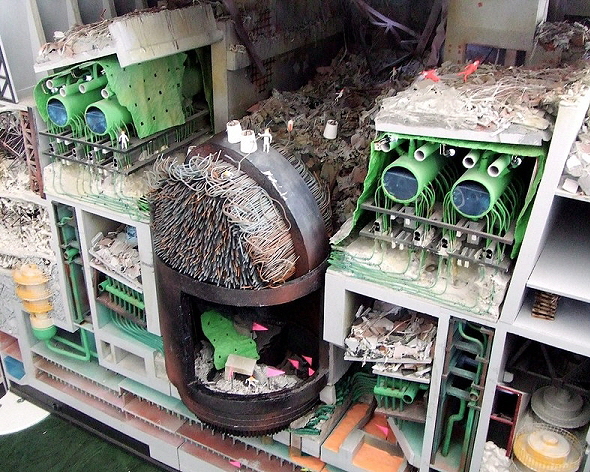
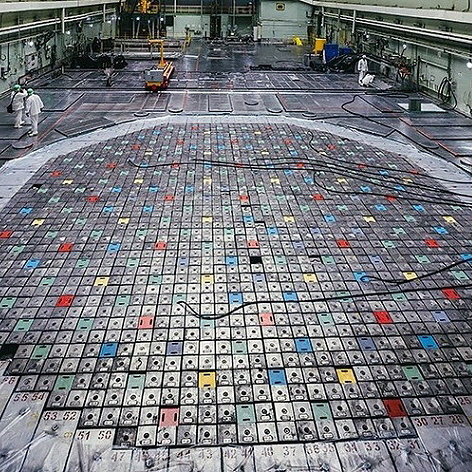
In the model of the Chernobyl reactor, a so-called RBMK reactor, we see how the powerful pressure vessel cover was simply blown out. All the lines to the pressure tubes were also simply torn off.

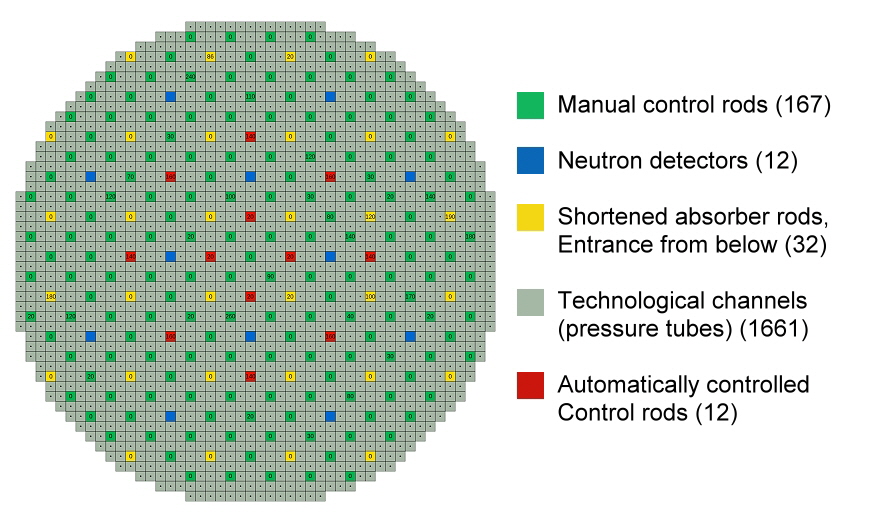
The structure of the Chernobyl reactor shows the large number of reaction tubes, lines and thus possible weak points. In RBMK reactors, the reaction takes place in individual tubes coated in graphite. The cooling water pumped through the pressure tubes comes to boiling, hence the name: “boiling water reactor”. The many pressure tubes made controlling the reactor very difficult. In addition, a mistake, control rods with graphite tips, caused the reaction to initially be fired up when the control rods were push in instead of stopping immediately.
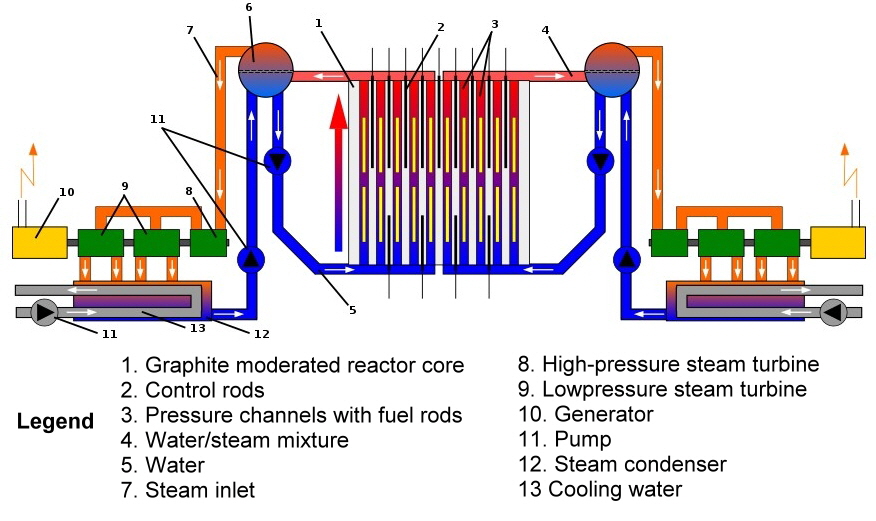
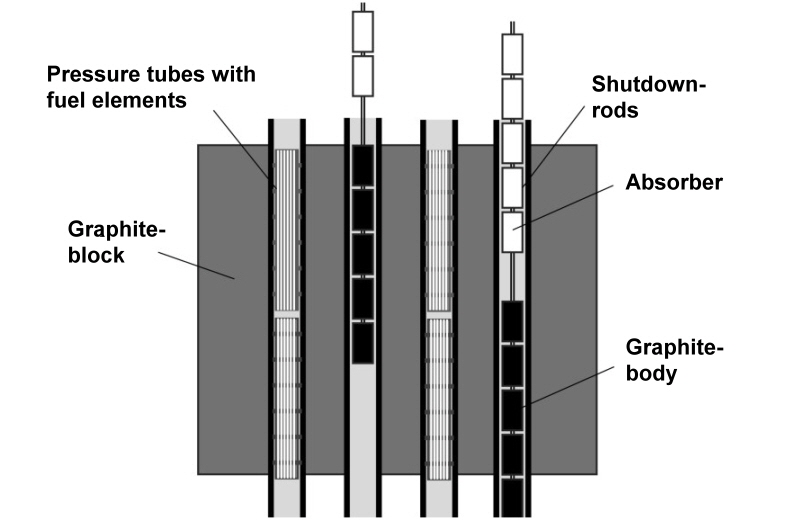
The structure of the reactor and the graphite blocks are shown in the schematic representations. Some errors have been corrected but fundamentally the RBMK – roughly translated as “high-performance reactor with channels” – remains a big risk.
The difference between boiling water reactor and pressurized water reactor
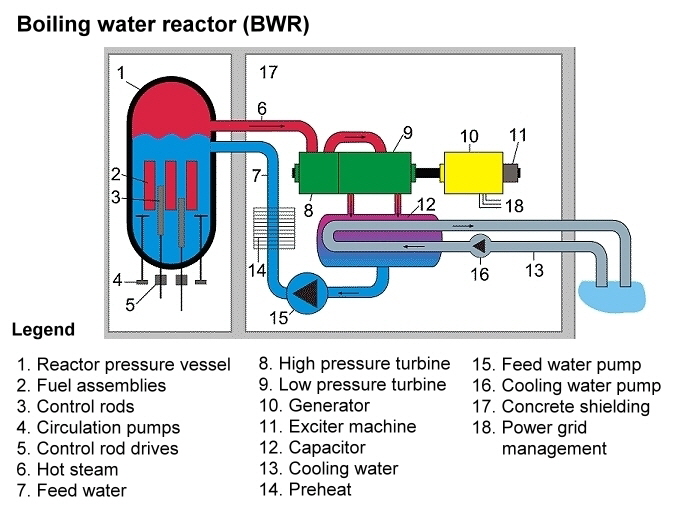
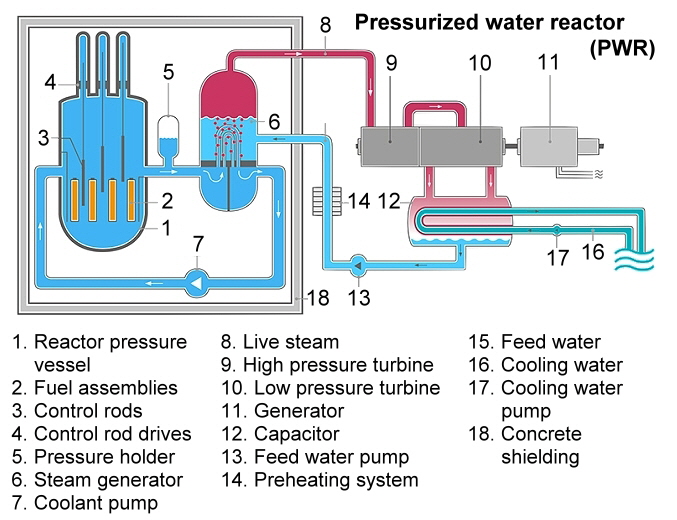
A pressurized water reactor (PWR) operates with two separate circuits: the primary and secondary circuits. While in the primary circuit the water is heated under pressure by the heat of the fuel rods, the secondary circuit is used to generate steam. In addition, boric acid is added to the water in the primary circuit of the pressurized water reactor, which absorbs neutrons. By changing the proportion of boric acid (boric acid concentration), the number of nuclear fissions and thus the performance of the reactor can be slowly regulated. The boiling water reactor delivers higher performance, while the pressurized water reactor is said to be somewhat safer. The fact is that if the cooling water circuit fails, a reactor quickly becomes a life-threatening bomb. But anyone who believes that pressurized water reactors are smaller and simpler is mistaken; the technical effort is almost the same; nuclear power plants are true technological monsters.
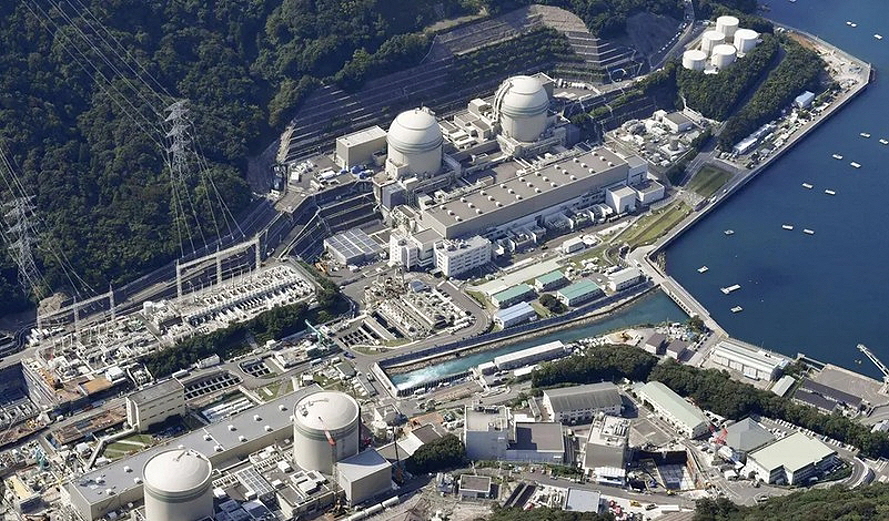
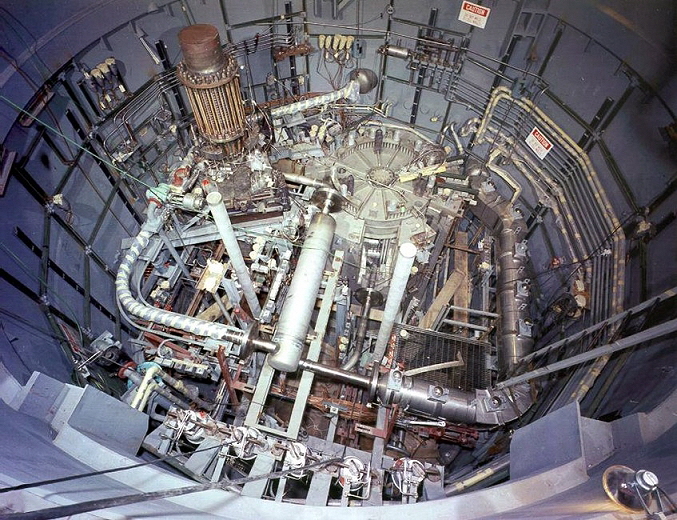
Tubes, lines, control cables, sensors, pressure connections, nuclear systems are full of sources of error because technology is never safe and it is also screwed together by people. So anyone who claims nuclear power plants are safe could just as easily say that a plane will never crash.
The difference between a plane crash and a nuclear accident is the extreme and deadly contamination of large areas that a nuclear accident causes in human-inhabited areas.
Nuclear energy production in detail
Cost
Nuclear energy production around the world benefits primarily from extreme tax breaks, subsidies and other financial aid for construction, maintenance and disposal. Hardly any company is able to finance the construction of a nuclear power plant from its own resources, especially because the construction of a nuclear power plant is always associated with the construction of ancillary trades, such as uranium enrichment plants, fuel rod production plants, fuel rod renewal plants, transport container production and much more . Hundreds of billions of euros or dollars of government money are therefore flowing into this technology, artificially depressing the price of nuclear energy. These costs are passed on to all citizens via the state budget. The dismantling costs in particular are so extreme and of course also have a significant impact on the price of nuclear-generated electrical energy. The price for a kWh generated from nuclear power is around ten times that of a kWh from thermal solar energy.
Fuel
Uranium is a fossil fuel like oil and coal, supplies are limited and non-renewable. Analyzes assume reserves for 47 years in the best case, and only 25 years in the worst case. From a purely economic perspective, it makes no sense to invest in a technology that will run out of fuel within a generation.
New nuclear reactors
Most of the reactors built so far are cooled with water. The heat dissipated is then used to produce electricity. A disadvantage of this is that the cooling water must be kept constantly moving and cooled down again in order not to evaporate. Otherwise it cannot cool the reactor any further. A power outage can lead to a meltdown. One way the developers of these new reactors want to prevent this is by replacing the water with other coolants.
Newer reactors are supposed to be cooled with liquid metal such as sodium or lead or liquid salt. These coolants can continue to passively cool the reactor without evaporating if the cooling system fails completely. The nuclear disasters in Chernobyl and Fukushima would have been completely different with such reactors; there probably would not have been a core meltdown in either case.
Less high-level radioactive waste
Such reactors can also be operated as “fast reactors”. The fast neutrons released by nuclear fission are used directly to maintain the chain reaction, instead of being intercepted as in most older reactor types. This means the reactor produces more energy with the same amount of fuel.
In addition, no so-called transuranium waste should be generated, i.e. substances that are heavier than uranium. It is the transuranium waste from classic reactors that remains dangerous for several hundred thousand years. The waste from “fast reactors,” on the other hand, only needs to be safely stored for a few hundred years. Still a long time, but much more manageable. This would also simplify the requirements for a final storage facility.
But it is always important to remember that no reactor, regardless of its design, is completely hermetically sealed; nuclear material always escapes and contaminates the environment. Even if so-called limit values are adhered to, there is a certain contaminate enrichment, especially with regard to smaller and larger mishaps and accidents in nature, and increases the risk of cancer for all living beings.
Future reactors also pose risks
Liquid sodium is very reactive. When it comes into contact with oxygen, it starts to burn. When it comes into contact with water, hydrogen is produced, which can ignite in the air and cause an explosion.
The lead alloys in lead-cooled reactors can harden if they get too cold. This makes the reactor unusable and possibly a grave of billions.
And each reactor relies on its manufacturer's specific fuel. In this way, many Russian-built power plants in Eastern Europe are dependent on Russia for energy, similar to the gas crisis here. Theoretically, a universal fuel would at least be conceivable for reactors with similar functionality, but it is unlikely that manufacturers will miss out on this additional source of income.
Another risk is that many fast reactors are so-called breeder reactors. On the one hand, this leads to greater efficiency, but during the combustion process, weapons-grade plutonium is also created. Which countries should have access to such technologies must be carefully examined.
Thorium
Technically speaking, thorium is a viable alternative as it is a powerful fission material that produces fewer unwanted waste products than uranium.
Conventional reactors, regardless of whether uranium or thorium are used as fuel, lead to radioactive contamination of air and water; in both cases there is a significant risk of accidents, especially when it comes to uncontrolled chain reactions. A core meltdown cannot be ruled out even with new coolants.
Dual Fluid Reactors
The two-liquid reactor is one of the so-called Smart Modular Reactors (SMR), which is being researched in many countries around the world. It operates on two circuits: one with liquid uranium mixed with chromium; the second with liquid lead as a coolant. Lead and uranium do not touch each other in the reactor. A heat exchanger captures the resulting heat. These plants are intended to use 100% of the uranium. The uranium does not have to be enriched and no fuel elements have to be manufactured. The system regulates itself to a constant operating temperature. If the temperature in the uranium liquid increases, it expands, which slows down the chain reaction and the temperature drops again. Expensive control technology is eliminated. The plant could also use spent fuel if it is dismantled and processed and the uranium it contains is made available as fuel. The remaining waste will only continue to radiate for about 300 years. It sounds like a fairy tale, but in theory it is entirely possible.
The disadvantage of the system is that it currently only exists on paper. A first test reactor could be built around 2050, which is also a matter that looks far into the future. But a good thing if it works as expected. With such systems one could finally dispose of the accumulated nuclear waste from the wrong era of energy production.
I would support this type of plant for precisely this purpose, also in order to be able to close the issue of nuclear energy production relatively cleanly and forever.
Further topics:
Index Home Desert-Electricity World Deserts Electric Network Types of Produktion Comparison Water Network Hydrogen New Industry Green Cities Energy Transition Imprint
